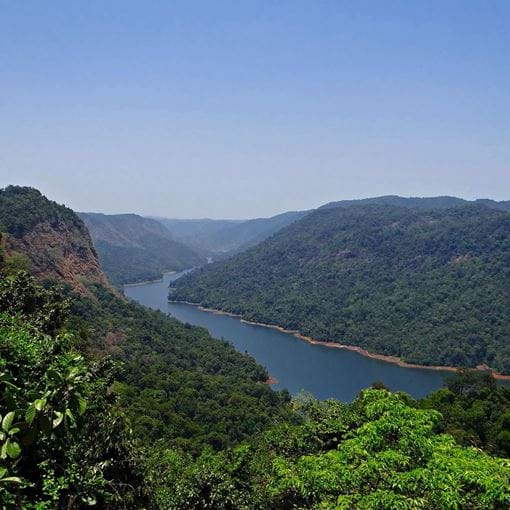International Day for Biological Diversity: A Spotlight on Northeast India and the Western Ghats
This year, International Day for Biological Diversity (22 May) brings a renewed sense of hope with the adoption of the Kunming-Montreal Global Biodiversity Framework at COP 15.
This year’s theme is ‘From Agreement to Action: Build Back Biodiversity’, which builds on the results of COP 15. Now that the world has the Kunming-Montreal Global Biodiversity Framework (agreement), the focus must quickly shift to its implementation (action).
For the first time, a globally accepted agreement has a target specifically for minimizing human-wildlife conflict for coexistence (target 4 of the Global Biodiversity Framework).
As we come together to honour the remarkable array of life forms that thrive on our planet, it is fitting to shine a spotlight on our conservation work in India, a country that boasts incredible biodiversity, especially in the rich ecological tapestry of the northeast region and the awe-inspiring Western Ghats.
In both these regions, the British Asian Trust works with local partners to preserve and conserve India's natural heritage – building back biodiversity.
The north-eastern corner of India is renowned for its breath-taking landscapes, lush forests, and remarkable biodiversity. It is home to numerous endemic species found nowhere else in the world.
The British Asian Trust has been actively involved in safeguarding this fragile ecosystem by focussing on reducing human-elephant conflict with our local partner, Aaranyak, through a Darwin initiative grant.
Loss of habitat and fragmentation of forest areas mean elephants and people often come into contact and conflict as they compete for the same space. Together with Aaranyak, we are mitigating human-elephant conflict by focussing both on the requirements of low-income communities and the wildlife that live alongside them, and in the long-term helping conserve the biodiversity of the region.
We also support work in the Western Ghats, a treasure trove of biological diversity. This mountain range is home to dense forests, breath-taking waterfalls, and countless species of plants and animals.
The British Asian Trust has been actively working in this region with the Nature Conservation Foundation to protect vital ecosystems and promote sustainable practices. By reconnecting forest fragments and facilitating the movement of wildlife, we are creating viable homes for the 300+ globally threatened species who live in the area whilst mitigating the human-wildlife crisis.

Working together with the Government, this work has supported the largest expansion of Protected Areas in India since 1970, linking together 23 areas of land and thousands of square kilometres to facilitate the movement of wildlife. In 2020 an additional 45,000 acres was designated for protection, in part after a previously unknown population of chinkara antelope was identified.
By supporting this work, we provide safeguard ancient forests and ecosystems that have existed longer than the Himalayas, proving what can be achieved by working closely with those who have lived on these lands for generations, and with government.
Preserving India's biodiversity is a collective responsibility. We all have a part to play in safeguarding nature for generations to come. Together, we can amplify the message and inspire others to act.
